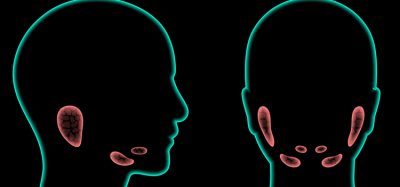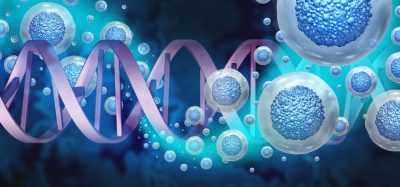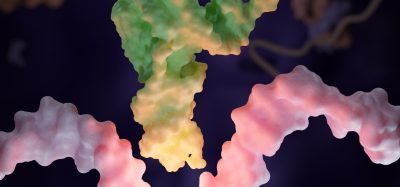Can ketamine act as an antidepressant?
Posted: 1 February 2023 | Izzy Wood (Drug Target Review) | No comments yet
Chronic pain often leads to depression, which US researchers have potentially solved using a mechanism involved with ketamine.


A study from the University of Alabama at Birmingham, US, have uncovered the underlying mechanism that leads to chronic pain induced-depression, and have identified possible therapeutic targets, using ketamine as an antidepressant.
Chronic pain often leads to depression, which increases suffering and is clinically difficult to treat. The mechanism, leading to depression, acts to cause hypersensitivity in a part of the brain called the anterior cingulate cortex (ACC).
Ketamine is a drug known to produce rapid and sustained antidepressant-like effects in chronic pain-induced depression, without decreasing sensory hypersensitivity. ketamine’s sustained antidepressant-like effects work by blocking the Tiam1-dependent neurons.
The research, published in The Journal of Clinical Investigation, focused on a protein called Tiam1, which modulates the activity of other proteins that help build or unbuild the cytoskeletons of cells. They found that chronic pain in a mouse model leads to an activated Tiam1 in ACC pyramidal neurons, resulting in an increased number of spines on the neural dendrites.
This higher spine density increased the number of connections between neurons, and the strength of those connections- a change known as synaptic plasticity. Those increases caused hypersensitivity and were associated with depression in the mouse model. Reversing the number and strength of connections in the model, by using an antagonist of Tiam1, relieved the mice of depression and diminished hypersensitivity of the neurons.
To show that Tiam1 in the ACC modulates chronic pain-induced depressive-like behaviours, the researchers used molecular scissors to delete Tiam1 from the forebrain excitatory neurons of the mice. These mice were viable, and fertile, and displayed no gross alterations, and they still showed hypersensitivity to chronic pain.
However, these Tiam1 conditional knockout mice did not display depressive- or anxiety-like behaviours in five different tests that gauge depression or anxiety.
When Tiam1 was specifically deleted from ACC neurons, they found the same results as the broader forebrain deletion. Thus, Tiam1 expressed in ACC neurons appears to specifically mediate chronic pain-induced depressive-like behaviours.
Changes in dendritic neurons occurred in the ACC for chronic pain-induced depressive-like behaviour- the team saw a significant increase in dendritic spine density and signs of increased cytoskeleton building. This was accompanied by increased NMDA receptor proteins and increased amplitudes of NMDA currents in the ACC neurons, both associated with hyperactivity.
These maladaptive changes were not seen in the Tiam1-knockout mice.
Researchers further showed that inhibiting Tiam1 signalling with a known inhibitor alleviated the chronic pain-induced depressive-like behaviours, without reducing the chronic pain hypersensitivity itself. The inhibition also normalised dendritic spine density, cytoskeleton building, NMDA receptor protein levels and NMDA current amplitudes.
Ketamine’s sustained antidepressant-like effects in chronic pain are mediated, at least in part, by ketamine’s blocking the Tiam1-dependent, maladaptive synaptic plasticity in the mouse ACC neurons.
“Our work demonstrates the critical role Tiam1 plays in the pathophysiology of chronic pain-induced mood dysregulation and the sustained antidepressant-like effects of ketamine, revealing it as a potential therapeutic target for the treatment of comorbid mood disorders in chronic pain,” said Dr Lingyong Li, an Associate Professor at the University of Alabama at Birmingham Department of Anaesthesiology and Perioperative Medicine.
Related topics
Drug Development, Drug Repurposing, Therapeutics
Related conditions
chronic pain-induced depression
Related organisations
The University of Alabama at Birmingham
Related people
Dr Lingyong Li








